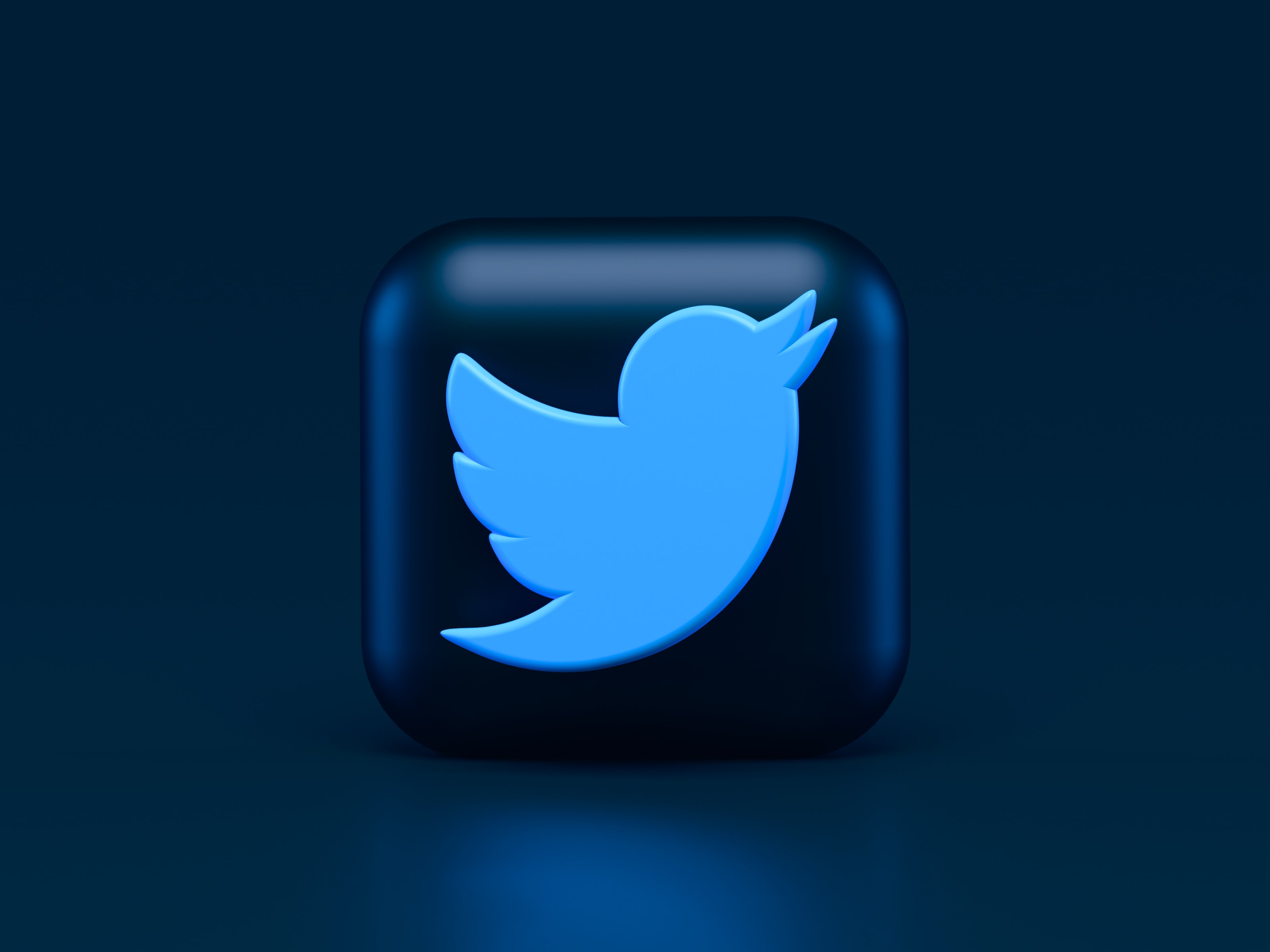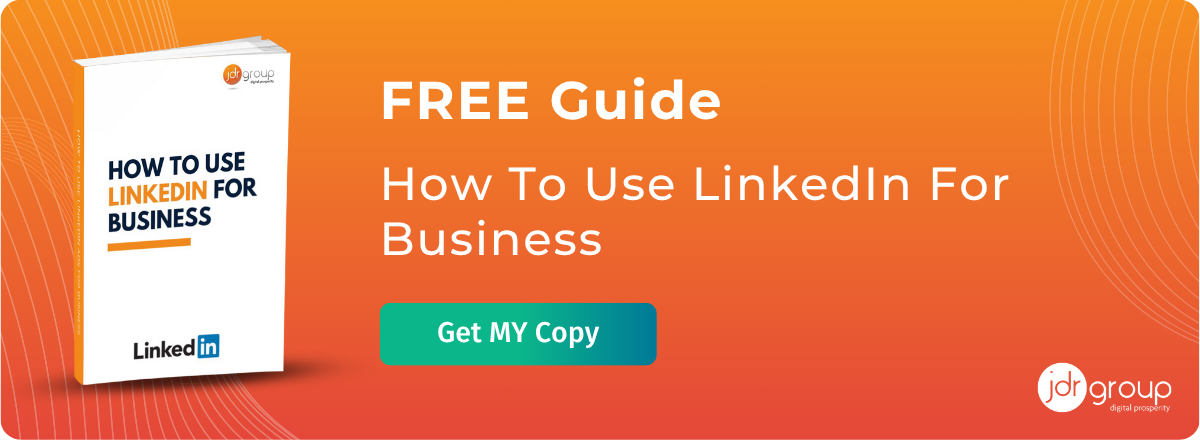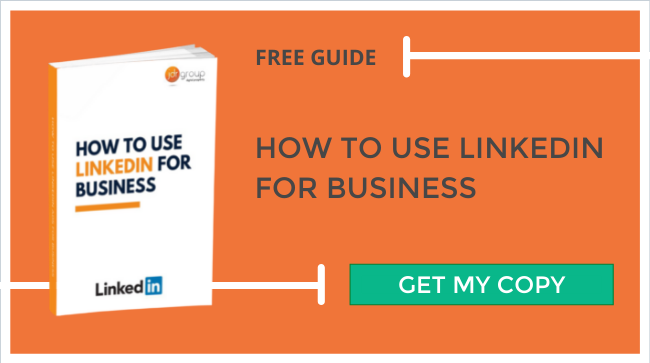LinkedIn Ads Vs Twitter Ads - Which Is The Best Option For Your B2B Business?

Social media advertising has expanded in scope and effectiveness to rival Google Ads as a source of online sales. Our general guidance for social media marketing is to not spread yourself too thinly – focus your efforts on the platforms your customers use, and the same is true of advertising spend. For many B2B businesses, the two primary social media platforms are LinkedIn and Twitter, but which is the best platform for taking out paid adverts if you have a limited marketing budget?
LinkedIn Advertising
LinkedIn offers various formats for adverts and sponsored content, as well as sponsored InMails, which allow you to conduct personalised email marketing from within the platform. LinkedIn has one of the most varied and sophisticated advertising services of all the social media networks, with multi-level campaigns that can be tailored to address specific advertising goals and reach niche audiences.
Strengths
- Excellent targeting tools for very specific audiences
- Choose from several ad formats to engage with your audience, including video and text ads, dynamic personalised adverts, display ads, sponsored messages/InMails, and sponsored content
- ‘Retargeting’ adverts to contact LinkedIn users that have shown an interest in your business website in the past.
- Tight control of your advertising budget. You pay for LinkedIn adverts either per click (classic PPC) or per impression (CPM) – with ‘impressions’ being shorthand for units of 1000 clicks. This gives you flexibility over the duration of your campaign. With PPC adverts you can set a time-limited daily, weekly, or monthly budget cap, whereas with CPM you can set a budget for the total number of impressions you need for your lead generation/conversion targets, making it easy for you to measure your ROI.
- LinkedIn is a tailor-made community for B2B advertising – more so than Twitter, which although it does have a business community, is predominantly used by casual or B2C buyers. Bypass the gatekeepers and get your messages directly in front of key decision-makers.
Weaknesses
- More expensive than Twitter and some other social media advertising platforms.
- You will need to target your adverts carefully to avoid the many thousands of job hunters and non-decision-makers that use LinkedIn.
Twitter Ads
There are several types of adverts and promoted content on Twitter, which users can interact with through their feed in the same way as organic content. Paid content is clearly marked as ‘promoted’ on Twitter and is charged per engagement, but can be liked, retreated, or shared outside the platform at no additional cost. Like LinkedIn, Twitter has a sophisticated advertising system in which you can tightly define your target audience by location, sector type, demographics etc.
Strengths
- Pay for specific actions: Adverts on LinkedIn, Facebook, and Google are generally charged per click, but Twitter ads allow a broader definition of engagement. You could, for example, run a campaign to increase your number of followers, so you would be charged for each user that clicks a follow button in your advert. Or you could run a campaign to promote app downloads, in which case you’d be charged for the number of people who install an app on their phone or tablet.
- Hashtag targeting: Twitter ads allow you to target specific keywords using the popular #hashtag function (a feature pioneered by Twitter but now also used on LinkedIn and Facebook). This makes Twitter ads a powerful means of promoting your business in real time during a trade event, conference, or product launch.
- Affordable cost per click: Twitter ads are cheaper overall than LinkedIn ads and are an accessible ‘entry option’ for businesses experimenting with paid online advertising for the first time.
Weaknesses
- The average user’s Twitter feed is so busy and fast moving that your content may be easily missed, and there are always a lot of other tweets to compete for your audience’s attention and time. Getting the best value from Twitter advertising therefore involves rigorous testing to find the most effective messages and CTAs.
- Twitter’s on-board analytics tools for paid adverts are inferior to those offered by LinkedIn. We recommend supplementing their analytics tools with a high-quality marketing analytics platform.
Which advertising channel to choose?
If your target buyers heavily use LinkedIn but rarely use Twitter, or vice versa, then your choice of advertising platform is obvious. However, if they are active on both LinkedIn and Twitter, you might do well to assign budget to adverts on both platforms and carefully keep track of your engagement rate and ROI over a time-limited trial period.
Monitoring and analysis is the key. This gives you the opportunity to test the efficacy of different types of adverts on Twitter and LinkedIn, adjust your strategy over time before committing your main budget, and arrive at an advertising method that gives you the best returns for the least spend. Many businesses advertise on both platforms, tailoring their engagement and budget expenditure to their target buyer’s level of involvement, e.g. 80% LinkedIn, 20% Twitter.
Next steps
At JDR, we offer managed PPC campaign support using the most effective channels for your business, whether LinkedIn, Twitter, Facebook, Google, or a combination. To find out more about getting the best value from your advertising spend and how to maximise your results, please call 01332 343281 today.
Image Source: Unsplash



